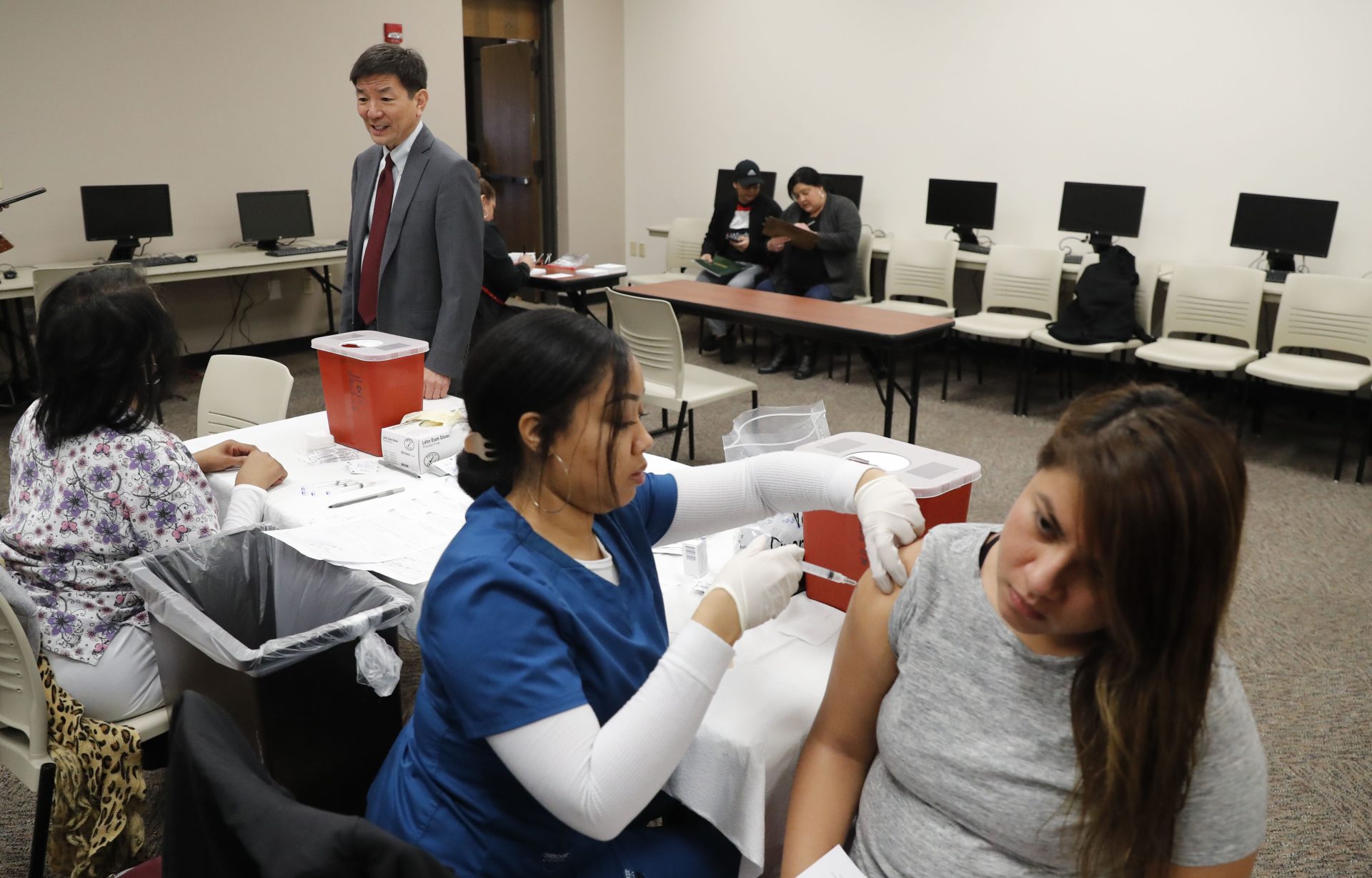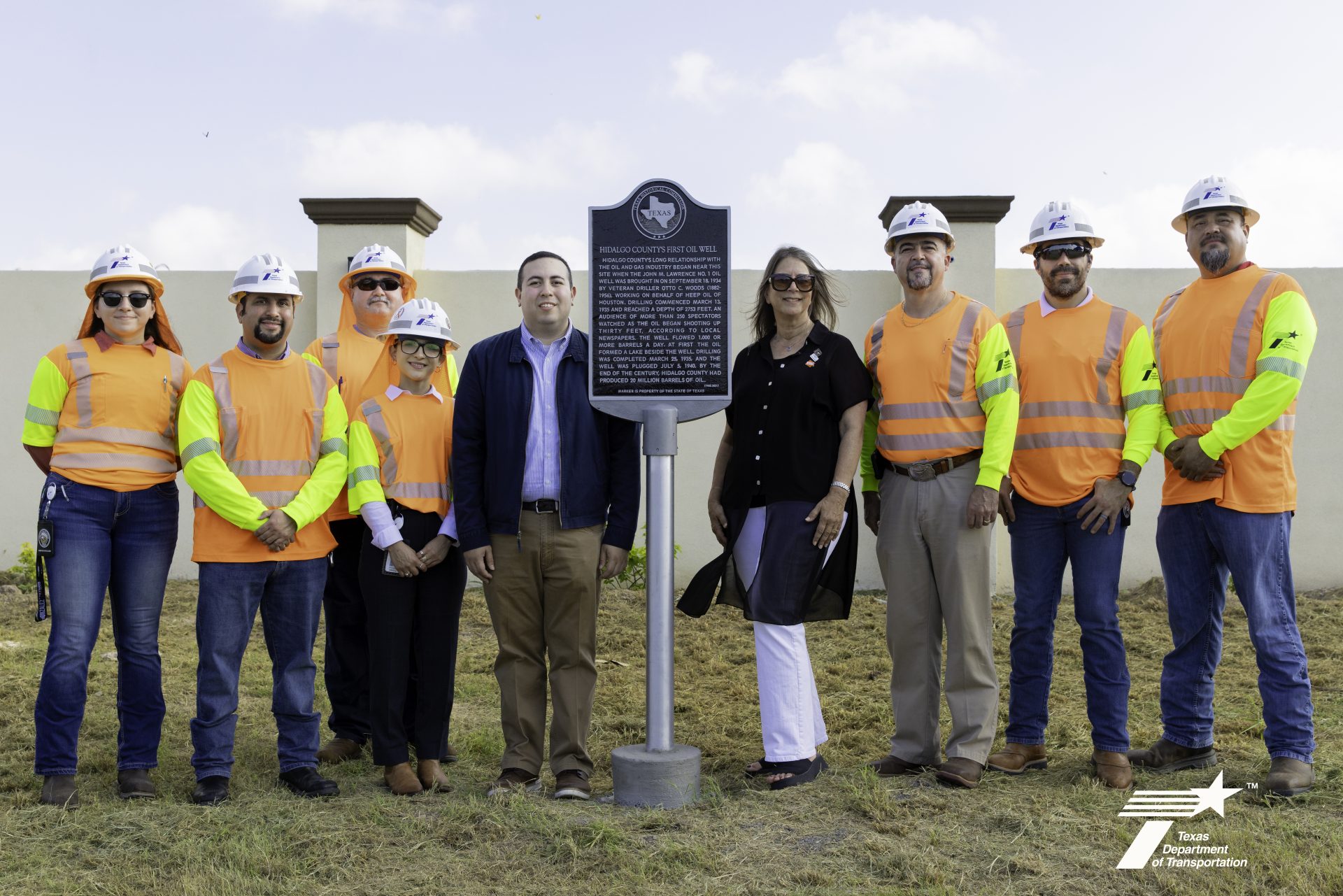For years, Texas workers have been the backbone of this state, showcasing a resilience that’s nothing short of legendary. From battling economic downturns to weathering storms that Mother Nature seems to save just for us, these men and women kept Texas humming. As we celebrate the second anniversary of the Inflation Reduction Act (IRA), we’re excited about what’s to come.
A large, highly trained energy workforce is essential as our state’s power demands grow. The Biden-Harris clean energy plan paved the way for increased clean energy generation, which will help meet Texas’ needs, reduce strain on the electric grid, lower costs, and create jobs. The plan also critically supports making all energy sources cleaner and puts workers who bring us all forms of electricity at the center of the effort. This progress positions Texas to lead the national shift towards clean energy, ensuring long-term benefits for the state’s economy and environment while at the same time investing in the workers in all types of energy production.
Outshining California in Solar Generation
This past March, Texas generated more solar than coal-powered electricity, shoving California out of its 20-year solar stronghold. The Texas “solar boom” isn’t just about diversifying our energy sources—it’s about creating jobs and boosting the economy.
Thanks to IRA funds, the International Brotherhood of Electrical Workers (IBEW) Local 20 has trained over 400 apprentice electricians to install solar panels and batteries in North Texas, setting them up for stable, well-paying careers.
One worker from LiUNA350 who was being retrained from working on oil fields to installing solar said, “Bringing it here, I mean, we have so much land. If they start building solar farms in Texas, there will be work everywhere.”
Easing the Strain on the Electric Grid
Despite the hot air from state officials about the reliability of Texas’ power grid, the reality is grim. When extreme weather hits, prices spike, and millions of Texans are left in the dark—literally and figuratively. ERCOT recently warned of potential rolling blackouts this August, a scenario that’s becoming all too familiar.
 Rick Levy
Rick LevyThe lack of reliability has driven up utility bills for ordinary Texans struggling to make ends meet financially. Last year, ERCOT had the most expensive electricity market in America, while every other regional grid had lower electricity prices.
That’s why coalitions like Texas’ Solar for All are so important. Harris County led it and underscored the significance of distributed solar energy for local communities. With a $250 million investment from the IRA, the initiative aims to bring renewable energy to low-income homes across Texas, including DFW, Houston, Waco, San Antonio, and Austin.
Over the next five years, the project plans to install 225 MW of solar power and 85 MWh of battery storage, benefiting over 11 million residents. With so many Houstonians suffering from inexcusably long outages during a time of extreme heat, distributed solar energy will enhance local grid resilience, ensuring communities have reliable power and reducing the grid’s overall strain.
Job Creation on Overdrive
The impact of the IRA is already evident, with new clean energy projects driving $16.45 billion in investments—the fifth highest in the nation—and creating over 23,146 well-paying clean energy jobs, ranking third nationally.
One of the IRA’s standout features is its commitment to creating good, family-supporting jobs and aggressive incentives tied directly to labor standards. Developers looking to build a new utility-scale wind or solar farm will receive a 30% tax credit by paying workers the federal prevailing rate for wages and benefits and employing a certain number of apprentices. This will lift the pay and quality of clean energy jobs while expanding career pathways so people can enter union careers in the clean energy economy.
By providing tax credits to projects that employ registered apprentices and adhere to prevailing wage guidelines, we can build a highly trained workforce and enhance the quality and reliability of the projects. These initiatives ensure our workforce is prepared for the demands of the clean energy sector, offering pathways for young workers and those transitioning from traditional energy industries.
The Road Ahead
The journey for us didn’t end with the passing of the IRA two years ago. The real challenge is to ensure it’s implemented correctly so that Texas workers get their fair share and aren’t left behind. The Texas Climate Jobs Project, in partnership with the Texas AFL-CIO, is committed to working alongside our affiliates, community partners, and policymakers to guarantee that the benefits of this legislation reach every corner of our state.
The Inflation Reduction Act is a game-changer for Texas’ booming clean energy sector. It’s a bold step towards improving racial and economic equity, uplifting Texas workers, protecting our environment, and leading the nation in clean energy deployment. The IRA will reshape our economy for decades, and this Made in America clean energy boom is just getting started.
Editor’s Note: The above guest column was penned by Rick Levy, president of the Texas AFL-CIO. He has been with the state federation since 1990, starting as legal director and later general counsel. As president, he says he is dedicated to building a broader, bolder, and more inclusive labor movement with solidarity at its core. Levy has been a member of TSEU/CWA 6186 since 1986 and also belongs to Ironworkers Local 482.
Editor’s Note: The video below makes the case for union workers in the new energy economy. It is produced by the Texas Climate Jobs Project.
The post Levy: Texas Unions Lead the Charge in the New Energy Economy appeared first on Rio Grande Guardian.
 (2).png)
 1 month ago
43
1 month ago
43









 English (US)
English (US)